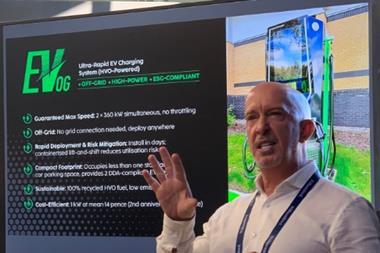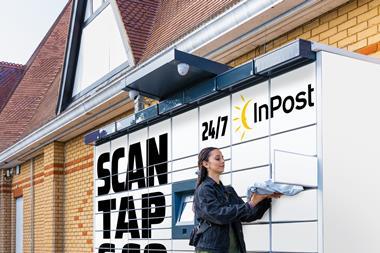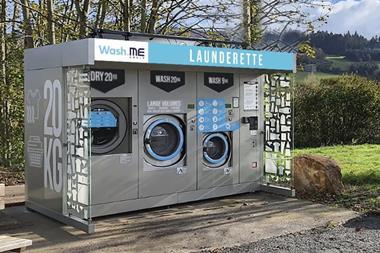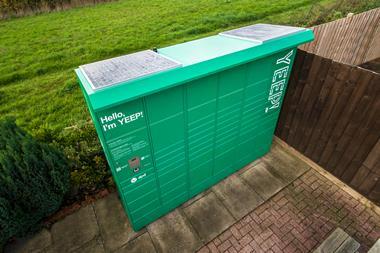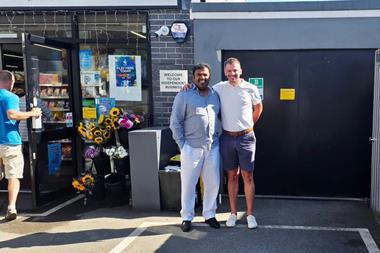While EVs are the biggest alternative emerging against traditional engines, hydrogen is considered the next big fuel to grow into public consciousness.
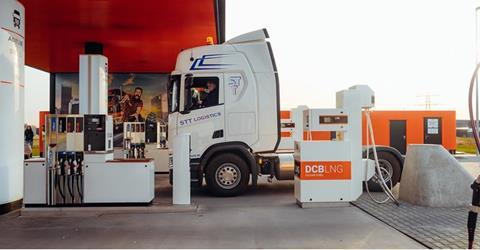
A growing number of countries are identifying their official phase-out dates for the sale of petrol and diesel cars.
The European Union (UN) announced in 2023 that member states will be required by law to ban the sale of these vehicles by 2035, while other European countries such as the Netherlands, Sweden, and Greece are among the countries looking to phase them out earlier.
This is in the continued effort to push towards decarbonisation not just of petrol and diesel but of all fuel types. There’s a drive to produce clean energy through the likes of blue and green hydrogen and using renewable energy sources for electric vehicle (EV) charging, but how will this affect the future of fuel production around the world? And will this have a considerable impact on forecourts?
Impacts on fuel production
Despite the implication that the sale of petrol and diesel cars may eliminate the need for traditional fuel pumps, this isn’t the case: 2035 won’t herald the total end of internal combustion engine (ICE) vehicles, and there will still be a demand for them in the marketplace, as well as refuelling stations being necessary to power them.
The International Council on Clean Transportation (ICCT) states in its Vision 2050 white paper that even if the optimistic decarbonisation scenarios become reality, more than two billion new ICE vehicles will be sold over the next three decades. This is why these vehicles need to be prioritised for efficiency, which is particularly important as the drivers are holding onto their vehicles for longer, with averages rising to around 11.6 years. As a result, petrol and diesel pumps will be needed on forecourts until at least 2045.
This is where the global investment around charging networks may help encourage drivers to switch to EVs, with more than $4.8 billion being put into the industry in 2022 alone. Add this to the forecasts of reaching $100 billion by 2023 and as much as $823 billion by 2028. That’s a hugely encouraging statistic for motorists concerned about whether they’ll have the resources available to charge their EV.
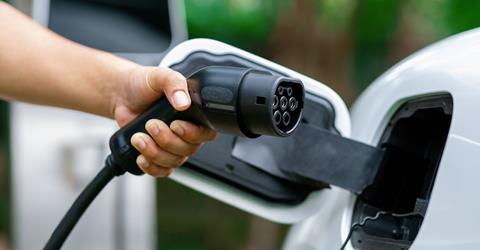
While EVs are the biggest alternative emerging against traditional engines, hydrogen is considered the next big fuel
While EVs are the biggest alternative emerging against traditional engines, hydrogen is considered the next big fuel to grow into public consciousness. The adoption of the fuel has been seen mainly in Asian countries; however, Germany and the US do feature within the top five, showing there is interest among more western territories.
This interest will likely be encouraged by governments around the world due to the importance of hydrogen within the net-zero strategies. To shift with the demand, the hydrogen refuelling stations market is expected to grow by 17% between now and 2032, with North America anticipated to lead this expansion.
Another alternative fueling option set to see huge transformation in the coming years is compressed natural gas (CNG) and liquified natural gas (LNG). Research from Rystad predicts a drop in production as low as 2.6 million metric tonnes of both fuels by 2025, which will subsequently see a shift in the import and export of CNG and LNG. With Australia and Qatar being major producers and China and the US being the largest consumers, it’s likely that increased trading between the two will be seen for these alternative fuels.
Despite emerging alternatives, consumption of petrol and diesel will remain steady as many motorists around the globe want to keep their current vehicle, which is in line with changing vehicle ownership behaviours, driving their current car for longer. But, thanks to the growth of clean fuels alongside the cleaner production of petrol and diesel, we should become much less dependent on oil-based fuels in the future.
How changes in fuel consumption will change the future of the forecourt
The move towards EVs and charging infrastructure being introduced to meet demands, means there will likely be a change in the future of the forecourt. Consumer behaviors are constantly evolving and with a shift towards the want for a personalised experience and more positive outlooks on the concept of subscription models, a change could be seen in the loyalty of motorists to a preferred forecourt.
Forecourts and business owners will have to invest considerably to win this loyalty, which could require a large-scale consumer behaviour analysis to discover and customise the experience and offerings. In fact, 60% of retailers are currently conducting this big data analysis to further differentiate themselves in the market.
Accessibility to charging points is a big indicator for drivers of whether they should buy an EV, and how that will evolve what forecourts provide drivers is one area that Dover Fueling Solutions examined in our Future of Fueling Trend Report from 2022. Respondents to the survey outlined what consumers are looking for from forecourts while their vehicle is charging, with 39% of consumers looking for refreshment from a cafe, 29% from a restaurant, and 11% requiring somewhere to sit down and work like a business centre. EV drivers have demands that differ greatly from ICE vehicle drivers, with most being largely functional. When pulling into a forecourt, drivers want to know they’re getting exactly what they need, with the first thing for EV drivers being a charging station. If it does, then they want to be sure that the equipment they’re using is reliable and fits in their vehicle without hassle or there’s an adapter that’s easy to use and deploy for charging.
One of the major shifts in forecourts that’s been predicted by the industry at large is ‘non-fuel strategies’. This is a major pivot in the way business owners approach the experience of visiting a forecourt, with 75% of fuel retailers believing that non-fuel offerings will emerge as a priority and 65% planning to invest more in supplying a better convenience store experience.
KPMG outlined several adjacent services that could take centre stage in the future of forecourts, ranging from children’s play areas and laundrettes for families on the go to time-saving offerings like click-and-collect or prescription services.
Conclusion
As hydrogen becomes a more common fuel, on-site hydrogen production costs are predicted to fall considerably. This will make it a much more viable option for motorists and businesses looking to switch their vehicles to alternative fuel, as well as being a more affordable long-term investment. So, forecourts will be required to adapt to meet these changing requirements, such as making sure to provide the unique services that will draw motorists in and establish a sense of connection and loyalty.






















